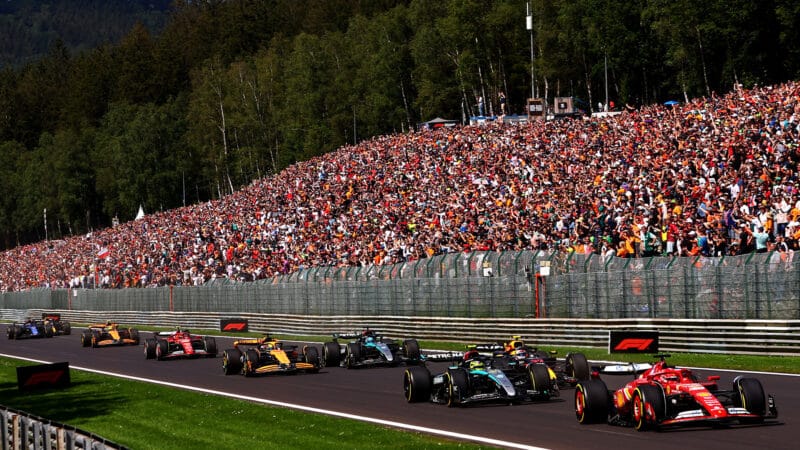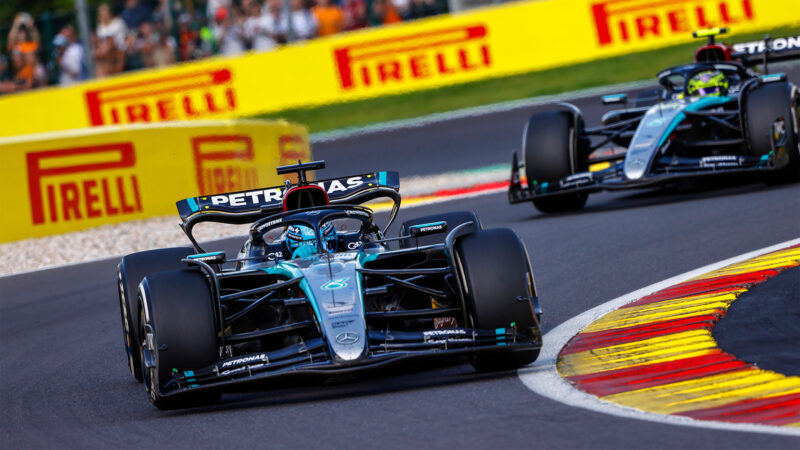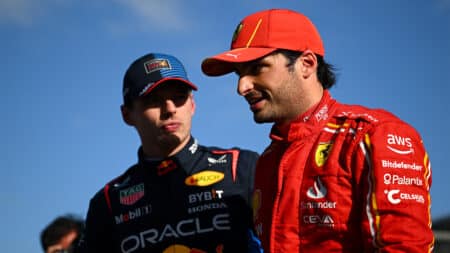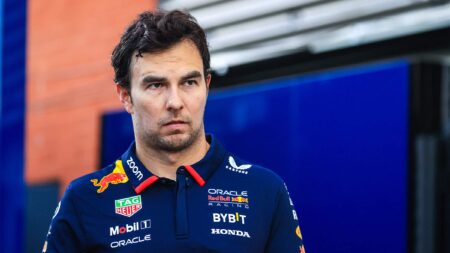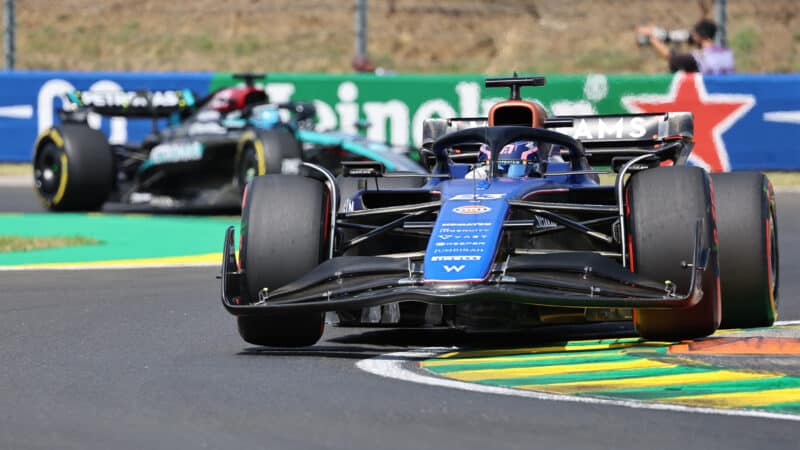And that’s a different approach than in recent years. 2022 to 2023 saw regulation changes around the floor, while last year teams already had a focus on the major challenge of 2026. Knowing that the current car would be the basis for two seasons — freeing up resource as early as possible for the new generation — work stopped earlier in 2023 as attention switched to this year’s car.
For Red Bull’s technical director Pierre Wache, a new car for 2025 still requires significant attention, but the stability in regulations and ever-closer title picture could force some updates to be produced in time to test out on track this year.
“For sure the fact that the regulation stays the same and is quite mature now in terms of overall concept of the car could affect this aspect [of upgrades],” Wache explains. “However, you still have the car to build for next year. And your capacity and the budget cap is limited to what you can do.
“I’m sure if we find something and we want to double check how it’s going on the track, and if the fight in the championship is very tight, for sure you will bring the update. [The competitive picture] is pushing you more, but you still have some limitations.”
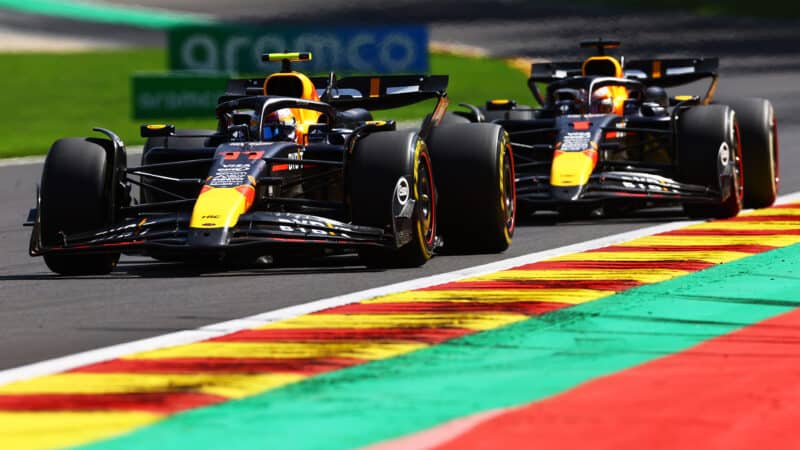
Red Bull is likely to bring new upgrades should its grip on either title begin to slip
Red Bull
The cost cap is one of the most significant limitations, as it doesn’t allow unlimited resource to be thrown at any issues that arise from development problems. The current regulations are complex and few teams are able to consistently bring new parts that deliver as expected. So for updates introduced earlier in the year that might need extra work, less can be spent on manufacturing later in the season.
For some teams, that leads to tough decisions with Haas team principal Ayao Komatsu viewing it as three separate projects that have to be tackled within the latter part of this year.
“Next year’s regulations are virtually the same as this year, so what we learn from this year will carry onto next year,” Komatsu says. “Yes and no [upgrades could come later in the year than usual], this is a really tricky one.
“We have to look at ’24, ’25 and ’26, so actually three almost in parallel. So it is very tricky. We made a decision to do a couple of more upgrades later in the season, but we are very, very soon switching to 2025.”
It’s a view shared by Williams head of vehicle performance Dave Robson, who acknowledges the importance of getting the entire organisation focusing on the 2026 regulations at the earliest possible moment. He believes there will be odd days the 2025 car goes back into the wind tunnel when the opportunity arises, but that it will be far earlier that next year’s project is completely written off in terms of further development.
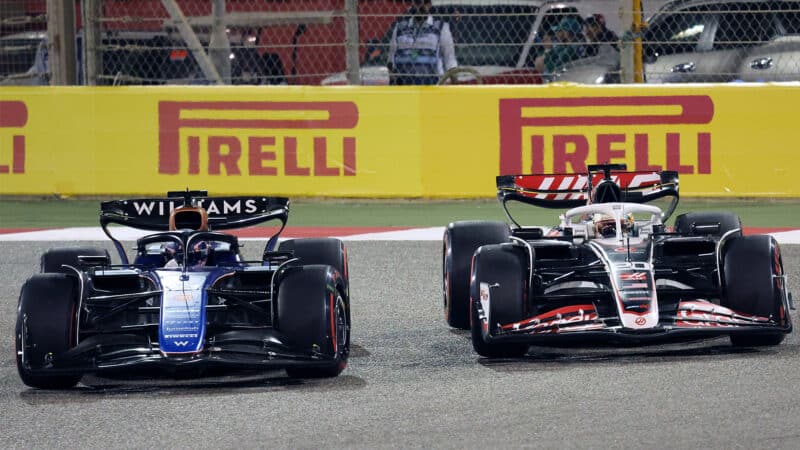
Upgrade battles could shape up rather differently for those further down the grid
Grand Prix Photo
But in a strange twist, the struggles Williams faced earlier this year — having to focus resource on repairing damaged chassis and manufacturing spare parts — has actually meant the team will be introducing larger updates later in the season than is usual.
“Yeah that’s been an interesting one, because for a lot of reasons this year’s car and next year’s car you can largely think of as just one project,” Robson explains. “The work on it will finish quite early next year and then it’ll be a case of racing it but not doing too much with it.
“That has, partly by serendipity I suppose, allowed us to consider these big updates that will come, and bring them quite late in the year knowing that they will effectively at least inspire, or become the baseline, for next year’s car.
